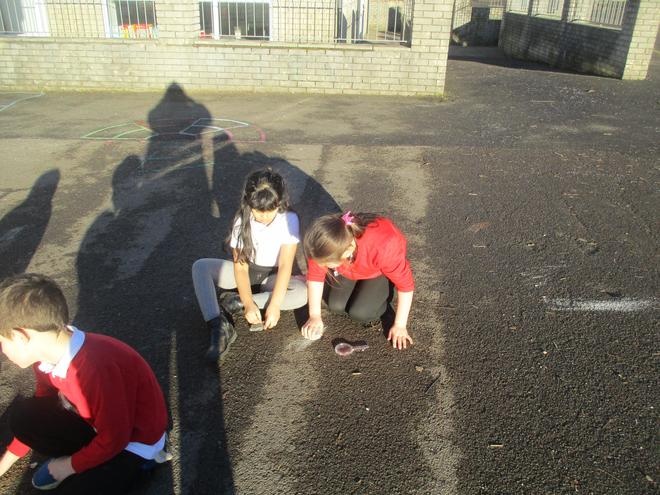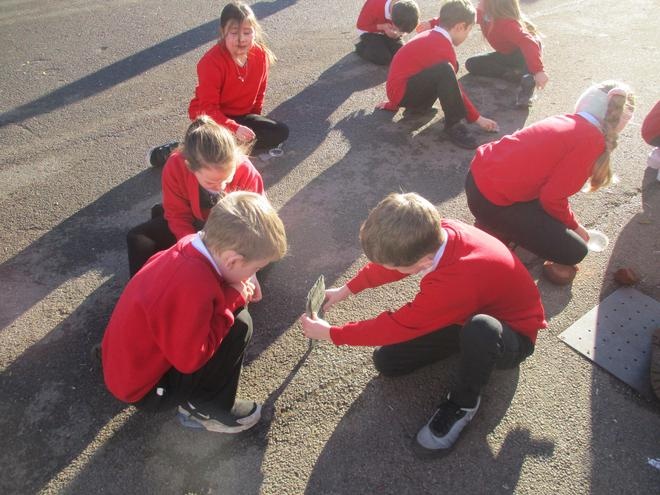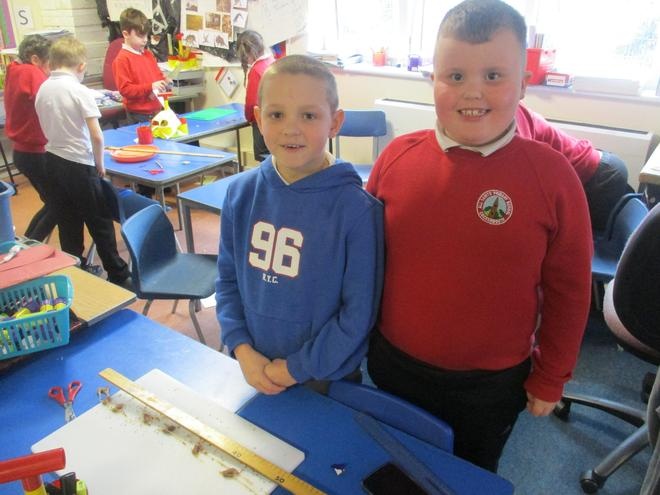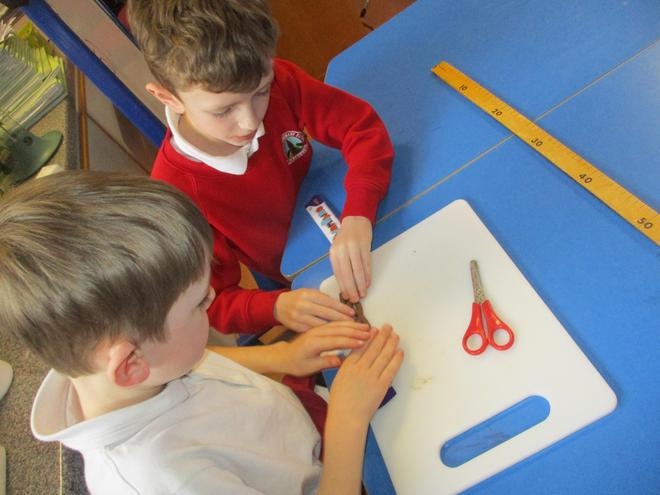Science
Science is taught in an exciting and stimulating way so that it challenges and inspires pupils to search for answers; to explore the world around them and communicate their findings. We aim to relate science to every day and pupils’ first-hand experience. Our principal aim is to develop pupils’ scientific knowledge, skills and concepts, whilst encouraging them to be investigative in a systematic and logical way.
Specific teaching provides an opportunity for pupils to build up a body of scientific knowledge and understanding, and to become effective communicators of scientific concepts and knowledge.
Our Science Curriculum is designed implicitly for all the pupils to acquire the knowledge and cultural capital they need to succeed in life.
Some of our many and varied investigations include:-
- experiments to discover the properties of materials
- focused exploration into the properties of solids, liquids and gasses
- experimental and investigative work into magnetism and electricity
- planning and carrying out experiments on forces
- linking science to industry
All Saints' Science Curriculum Overview 2025
Pupils planning, testing and presenting conclusions for an investigation to see ‘Which soil is the most permeable?’
Investigating Rocks
At All Saints’ we encourage pupils to ask, as well as answer, scientific questions and develop a range of scientific vocabulary to express their ideas. They have the opportunity to use a variety of data, such as statistics, graphs, pictures and photographs. They use ICT in science lessons where it enhances their learning. They take part in role-play and discussions, and they present reports to the rest of the class.
Pupils engage in a wide variety of problem-solving activities. Whenever possible, we involve the pupils in ‘real’ scientific activities, for example researching an everyday problem or carrying out a practical experiment and analysing results. Eg The Best Material for a Waterproof Coat or writing a report on Environmental Dangers.
Opportunities with local industries have allowed us to enrich our science curriculum with exciting practical science activities; it has also improved our pupils’ perception of the nuclear industry and its relationship with science. We maintain close links with Cockermouth High School with exciting projects for pupils in Year 6 and Year 5; this has provided the opportunity for our pupils to engage in activities which require the use of Bunsen burners, electronic microscopes and chemicals, promoting enthusiasm and enquiring minds in the fields of chemistry and physics.

Pupils enjoying Teams meeting from scientists from Sellafield
STEM (Science, Technology, and Engineering & Maths) Week has given pupils in Year 3 the opportunity to experience visitors though our Teams platform – we recently had the chance to interview 3 scientists from Sellafield, a Civil Engineer, a Mechanical Engineer and a Communications Manager Scientist. Organised by the Primary Business Partnership.
As part of our extended provision in Year 6, children are given the opportunity to take part in a Primary D&T Engineering competition run by the local Rotary Club to design and build a car which can climb a ramp and travel forwards. Children compete against each other in school, before the winning team is pitted against schools from all over Cockermouth. We have been successful for many years, winning and hosting this competition for several years on the run.
Throughout the year, each year group benefits from a wide range of visits and visitors. Not only does this enhance their learning opportunities, it also supports our pupils’ ability to make links with ‘real life’.
Some examples of our visits include:-
Nursery – Autumn & Spring Walks around Cockermouth - Seasons
Rec – Local Vets – People in the Community
Y1 – Visit to Whinlatter – Trees & Plants
Y2 – Wildlife Garden – Living Things & Micro Habitats
Y3 – Apple Lady & visit to Low Stanger Farm – Helping Plants Grow Well
Y4 – Tullie House – Habitats
Y5 – Planetarium – Space Topic
Y6 – STEM visit - Electricity

Michelle – Apple Lady – from Low Stanger Farm showing her apples
Recent Farm visit
Year 3 visit the organic farm in the Summer Term
Knowledge Organisers used in Year 3
Assessment Targets for Year 3
All Saints' Science Policy
Find out about some of the Scientists in our All Saints' CE Primary School Community!
Careers in STEM subjects - Calling all Scientists!
Rowan, Eliana & Hannah's dad being a VET
Sam's Dad - a CNC Machinist Engineer and Class ONE Combat Medic
Please open the STEM Job Proformas completed by our parents. Thank you to everyone who has helped with this.
Science Club
Marble Run - design a marble run - the slowest marble wins - lots of investigating, testing, evaluating happening this week.
Catapult - Make a catapult to defy gravity oh and hit the target ;-)
a670a0280ca8.mp4
In Science Club we made use of the cold snap to investigate change of state - water into ice - we made ice sculptures.
Science Club
Today we looked at MRS NERG / MRS GREN - and factors all living things have - we created our very own species - we had to think of a name - it’s habitat and what noise it made and if it had any predators - some great imaginations.
This week we have been using the microscopes (kindly donated to our school from Cockermouth).
British Science Week
This year we have all been doing the CURLY WURLY stretch investigation

- The longest Curly Wurly stretched in three minutes is 426.2 cm (13 ft 11 in) and was achieved by Tracy Jane Sullivan (UK), in Frome, Somerset, UK, on 22 November 2015.
- That is approximately half the length of a double decker bus.
- That is the length of 4 guitars put together.


How far can you stretch a curly wurly?
Conclusion
- Some materials behave differently according to their temperature. The Curly Wurly stretches better when it’s warm because its molecules are spread wider apart, increasing the material’s elasticity.
- When the chocolate and toffee are cold, their molecules are bonded together tightly, keeping it from stretching.




























































